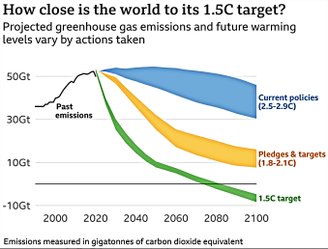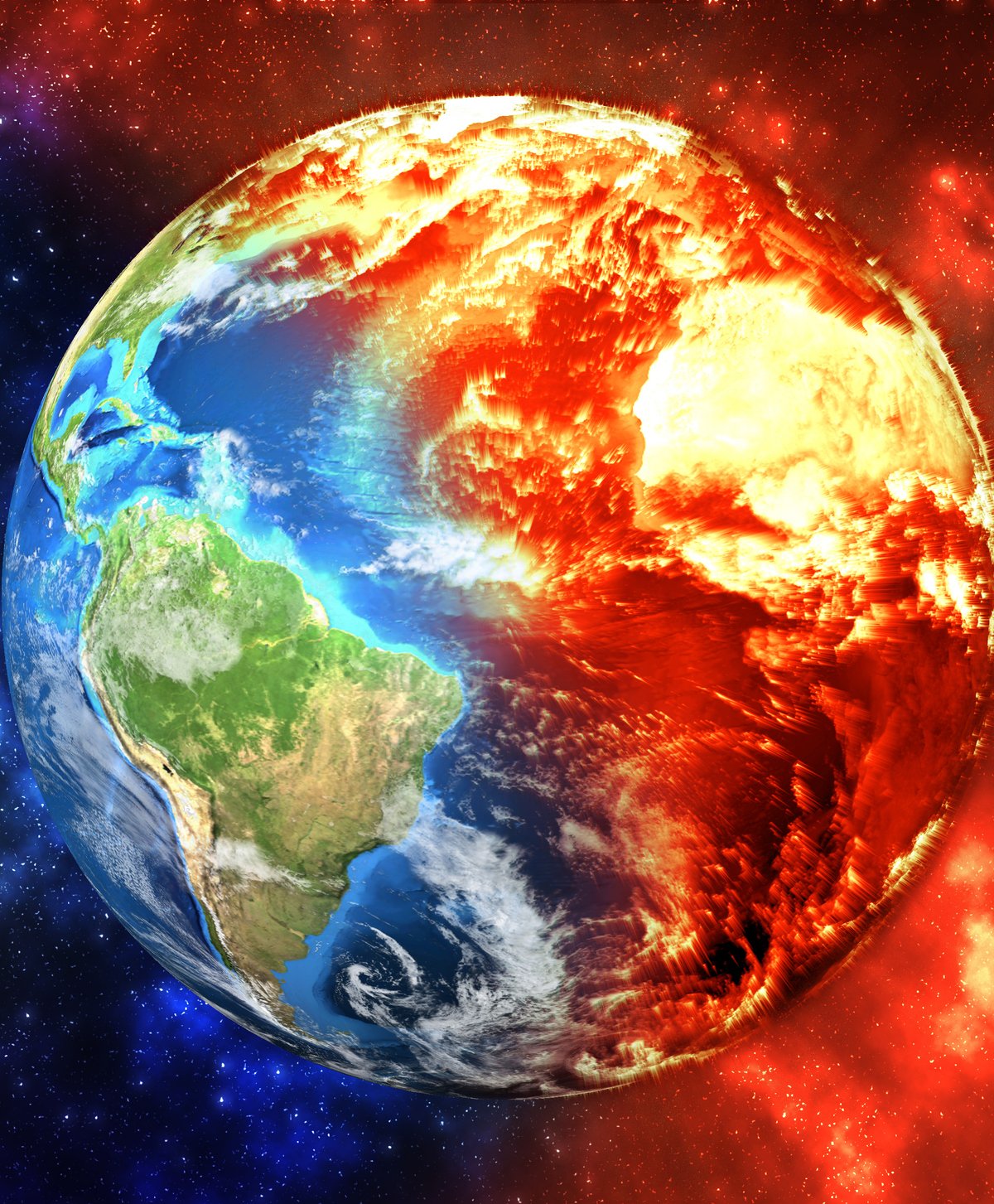The world’s climate is changing at an unprecedented rate. We feel this on our skin and observe its effects: ocean degradation, fires, droughts and floods Our ecosystems are rapidly degrading.
Behind all this, one thing is certain: human activities are driving this dark scenario, mainly through the release of billions of tons of heat-trapping gas into the Earth’s atmosphere.
The bad news is that climate change will continue for decades to come, as greenhouse gases released into the atmosphere will remain there for decades or even centuries. But most frightening is that mitigation policies and technologies, if adopted seriously, will take time to implement.
Check out the main climate predictions for the coming decades below, based on scientific data and climate models.
Rising global temperatures
Unlike changes in weather conditions that cause us to leave the house with umbrellas and coats (or not), climate change refers to significant and permanent transformations in the Earth’s average temperatures and climate conditions. For example, in the last decade the world was on average 1.2°C warmer than at the end of the 20th century..
In February this year, the EU climate service confirmed that global warming exceeded 1.5°C in the 12-month period between February 2023 and January 2024. This is the first time this has happened in just a year, and it’s no coincidence. It was discovered after 2023 was declared the hottest year in history.
One of the most plausible predictions made by the Intergovernmental Panel on Climate Change (IPCC) is that global average temperatures will continue to increase. According to the international organisation, by the end of the 21st century the global average temperature could increase by 1.5°C to 4°C relative to pre-industrial levels due to greenhouse gas emissions.

Even in the most optimistic 1.5°C warming scenario (the target countries proposed in the 2015 Paris Agreement), some significant impacts on ecosystems and human societies could occur. An iconic UN report from 2018 highlights the main consequences of a possible increase in global warming from 1.5 °C to 2 °C:
- extremely hot days: on average 4 °C warmer in regions outside the poles and the tropics
- Sea level rise of 0.1 m exposes up to 10 million people to frequent flooding
- Loss of 99% of coral reefs
- A doubling of the number of plants and vertebrates exposed to unsuitable climatic conditions in more than half of their habitat
- Hundreds of millions of people will be exposed to climate-related risks and experience poverty by 2050.
According to scientists, increasing the temperature above the 1.5 °C ceiling would mean exceeding the so-called “breaking points”. Climate change may go in the opposite direction and become irreversible. One consequence of this, the collapse of the Greenland ice sheet, would lead to a catastrophic rise in sea levels for centuries.
Increase in greenhouse gases

Since the early 2000s, scientists have been investigating and measuring the relationship between cumulative carbon dioxide (CO2) emissions into the atmosphere and the increase in global temperature. In this sense, the IPCC’s participation in formalizing and disseminating this causal link was crucial; It has solidified the concept of the global carbon budget as one of the main tools for understanding and managing global climate.
After setting the goal of limiting the increase in global temperature to 1.5% above pre-industrial levels with the Paris Agreement in 2015, the IPCC published a special report called “1.5 °C Global Warming” in 2018.
In the document, the concept of residual carbon (RCB) is reformulated as the net amount of CO2 that humans could still emit without the chance of limiting global warming to the level proposed at COP21.
The latest update to the RCB, published in October 2023 in the journal Nature Climate Change, estimates that less than 250 gigatonnes of CO2 will remain in the RCB if we have a 50% chance of limiting warming to 1.5°C. This means carbon will be depleted around 2029 while maintaining 2022 emissions levels.
Follow the latest studies on the effects of climate change on planet Earth at TecMundo and take the opportunity to share the article with your friends on social media. Until later!
Source: Tec Mundo
I’m Blaine Morgan, an experienced journalist and writer with over 8 years of experience in the tech industry. My expertise lies in writing about technology news and trends, covering everything from cutting-edge gadgets to emerging software developments. I’ve written for several leading publications including Gadget Onus where I am an author.












